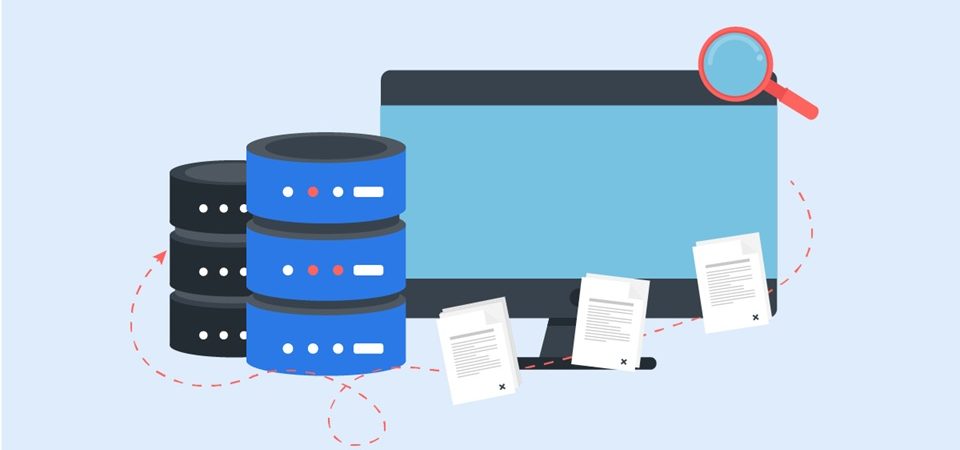Data migration testing is a critical process for organisations moving data between systems, whether during a system upgrade, consolidation, or digital transformation initiative. While it may seem straightforward, this process often involves significant technical challenges. For QA engineers, data specialists, and IT managers, understanding the nuances of data migration testing can mean the difference between a successful migration and operational chaos.
The Importance of Data Migration Testing
Data migration testing ensures that all data is moved accurately, securely, and in its entirety from a source system to a target system. This process validates transformations, mappings, and the data’s usability in the new environment. A well-executed testing plan reduces the risk of errors, mitigates downtime, and helps maintain business continuity.
Challenges in Data Migration Testing
The migration process is fraught with obstacles that can disrupt operations if not addressed properly:
1. Data Accuracy and Completeness
Errors in accuracy can compromise business operations and decision-making. Testing must verify that all data fields transfer correctly from the source to the target system, with no omissions or misclassifications.
2. Data Transformation and Mapping
Most migrations require data transformations to adapt to the structure of the target system. Rigorous validation is necessary to confirm that these transformations do not alter the meaning or value of the data.
3. Performance and Scalability
The new system must handle existing and future data volumes without performance degradation. Load testing can simulate high data volumes to evaluate performance under peak conditions.
4. Security and Compliance
Data security and regulatory compliance are non-negotiable. The migration process must prevent unauthorised access, maintain encryption protocols, and adhere to all relevant data protection regulations, ensuring business continuity without violation.
5. System Compatibility
Compatibility issues between legacy and modern systems can cause disruptions. Testing the integration of these systems is crucial to avoid operational inefficiencies.
6. Large Data Volumes
Handling vast data sets demands efficient tools and techniques to avoid prolonged downtime. Proper data partitioning and parallel processing strategies can improve efficiency.
7. Business Disruption
Entire businesses can be affected if migrations disrupt day-to-day operations. Testing procedures should improve operational workflow to minimise disruptions.
8. Data Governance and Lineage
Maintaining visibility over the data’s lineage is essential for auditing and accountability. Governance checks help preserve traceability throughout the entire migration process.
9. Rollback Strategy Validation
Testing should also focus on contingency plans. Reliable rollback mechanisms allow organisations to revert the migration if issues arise mid-process.
10. Data Integrity Across Environments
Ensuring that the data remains intact and functional between the source and target environments is another crucial step. Data comparators and SQL queries are often employed to verify this.
Tools and Techniques for Effective Data Migration Testing
A combination of strong methodology and effective tools is essential for accurate migration testing. SQL scripts are widely used to validate data. Extract, Transform, Load (ETL) tools play a pivotal role in processing and transferring data between systems while maintaining consistency. Data comparators, on the other hand, can immediately identify discrepancies between old and new datasets.
Testing frameworks should also include functional and non-functional testing strategies, such as unit testing, integration testing, and stress testing. Automated testing tools can simplify repetitive checks and handle large data volumes more efficiently than manual testing.
Closing the Knowledge Gap in Data Migration
Data migration testing is much more than a straightforward task. It requires thorough checks, efficient tools, and a structured approach to anticipate and overcome challenges. Equipped with the right strategies, engineers and IT teams can execute smooth migrations that secure operational efficiency, accuracy, and long-term success.
If you’re navigating an upcoming migration project, consider implementing the robust testing processes discussed here. A well-planned testing strategy not only saves time and money but also ensures your systems operate perfectly in their new environment after the migration.


